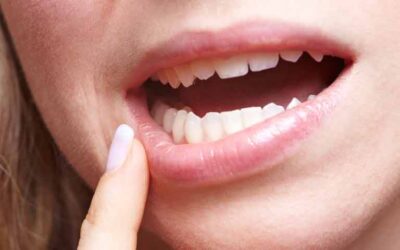Title: The In-Depth World of Dental Radiographs: Decoding the Details for Comprehensive Diagnosis
In the intricate realm of dentistry, the significance of dental radiographs cannot be overstated. For dentists, the ability to decipher and analyze radiographic findings is paramount in diagnosing dental issues and planning tailored treatments for their patients. Within the spectrum of dental radiography, which includes periapical, bitewing, and panoramic X-rays, lies a wealth of information about the teeth, supporting structures, and surrounding tissues. In this comprehensive exploration, we delve into the intricate details of dental radiographs, unraveling the layers of information they provide.
Anatomy of the Teeth and Surrounding Structures:
The foundation of understanding dental radiographs lies in a meticulous examination of the various anatomical structures. Enamel, dentin, pulp, alveolar bone, and the soft tissues in the vicinity all reveal their unique features on radiographs. By scrutinizing these elements, dentists gain insights into the health, condition, and potential issues affecting the oral structures.
Common Radiographic Views:
- Periapical X-rays:
Periapical radiographs offer a comprehensive view, capturing the entire tooth, from crown to root and the surrounding bone. During interpretation, dentists assess the crown-to-root ratio, tooth length, and angulation. Signs of caries, radiolucent lesions, demineralization, and periapical changes, such as widening of the periodontal ligament space or sclerosis, are carefully examined. - Bitewing X-rays:
Bitewing radiographs focus on the crowns of both upper and lower teeth in occlusion, providing a detailed evaluation of interdental spaces. Dentists utilize bitewings to detect caries, assess alveolar bone levels, and examine supporting structures to identify potential periodontal disease. Additionally, these X-rays reveal any restorations, crowns, or dental work that may be defective and require attention. - Panoramic X-rays:
Offering a comprehensive overview, panoramic X-rays showcase the entire maxilla, mandible, and surrounding structures. Dentists meticulously search for abnormalities such as impacted teeth, cysts, tumors, or fractures. Furthermore, they assess the temporomandibular joints for signs of pathology, ensuring a thorough evaluation of the oral and maxillofacial regions.
Interpreting Periapical Radiographs:
In the realm of periapical radiography, the focus is on the finer details. Dentists assess not only the structural integrity of the teeth but also intricate elements like the crown-to-root ratio, tooth length, and angulation. Signs of caries manifest as radiolucent lesions or demineralization, while changes in the periapical region, such as widening of the periodontal ligament space, periapical radiolucency, or sclerosis, are scrutinized for potential pathology.
Interpreting Bitewing Radiographs:
Bitewings are invaluable tools for evaluating interdental spaces and detecting signs of caries. Dentists utilize these X-rays to assess alveolar bone levels and supporting structures, aiding in the determination of periodontal disease. Furthermore, bitewings reveal the status of restorations, crowns, or other dental work, allowing for the identification of defects and the need for potential replacement.
Interpreting Panoramic Radiographs:
Panoramic imaging takes a holistic approach, offering a panoramic view of the oral and maxillofacial regions. Dentists meticulously examine the positions and conditions of the teeth, jaws, and associated structures. Abnormalities such as impacted teeth, cysts, tumors, fractures, and signs of temporomandibular joint pathology are diligently sought, contributing to a comprehensive understanding of the patient’s oral health.
In the world of dentistry, the interpretation of dental radiographs is a multifaceted art that requires a combination of theoretical knowledge, practical experience, and a commitment to continuous learning. These radiographic findings serve as a window into the intricate landscape of oral health, enabling dentists to diagnose, plan treatments, and ensure the comprehensive care of their patients. As patients, recognizing the pivotal role of dental radiographs in achieving a thorough evaluation of our oral health underscores the importance of these diagnostic tools in the broader spectrum of dental care.



